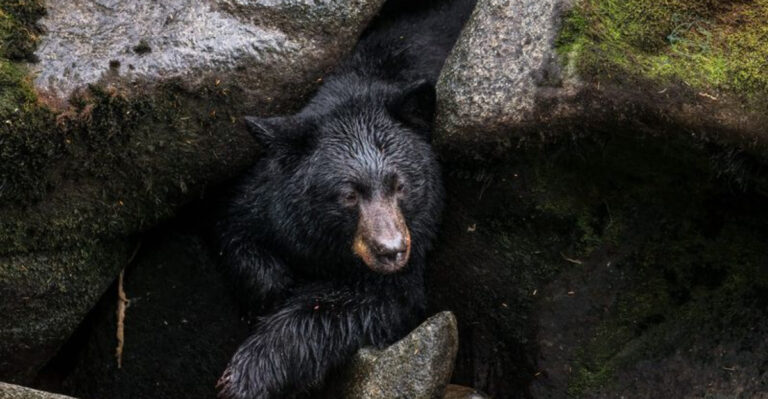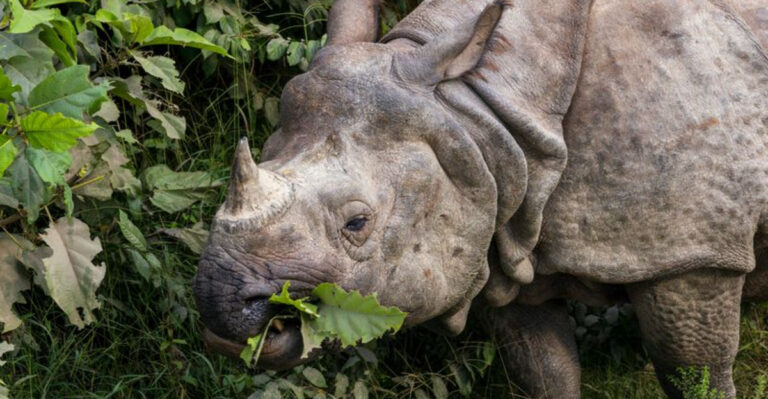14 Things You Probably Didn’t Know About Female Cats In Heat
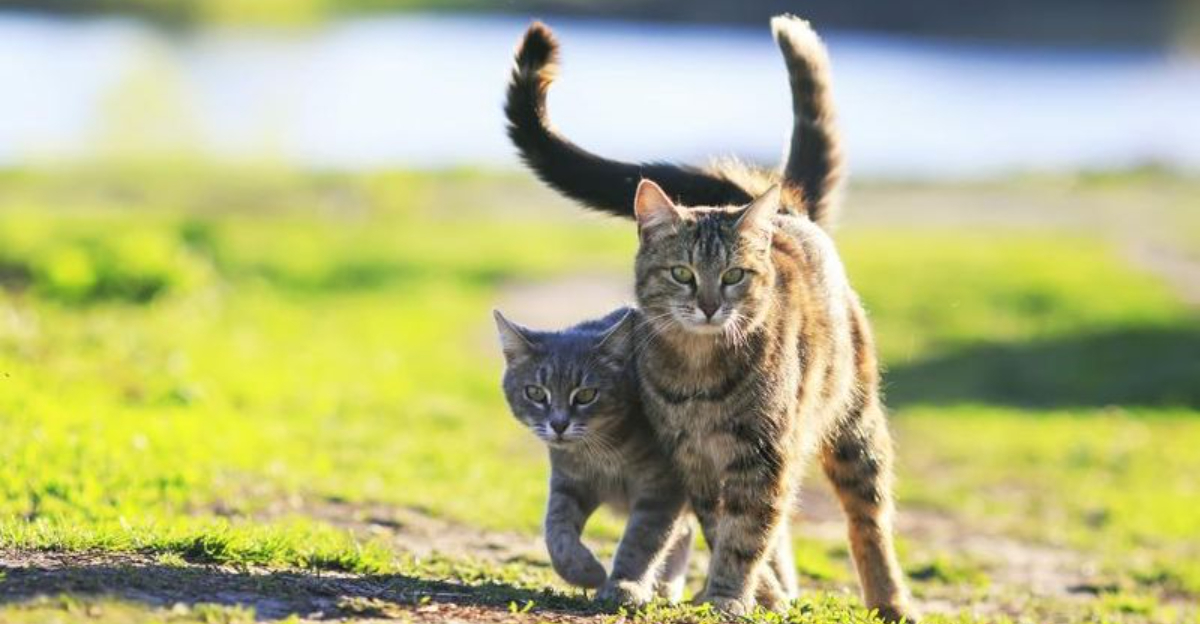
Ever wondered why your sweet kitty suddenly starts acting strange, with loud yowling and odd behaviors? Female cats experience a reproductive cycle called heat that can be puzzling for pet owners.
Understanding what happens during this natural process helps you better care for your feline friend and make informed decisions about her health.
1. The Heat Cycle Starts Surprisingly Early
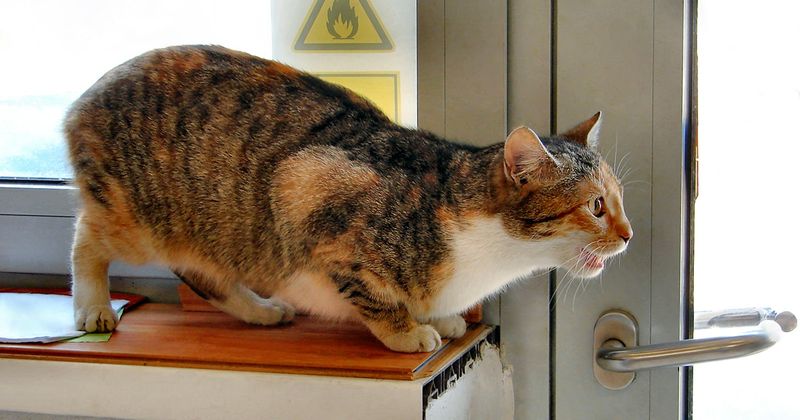
Most female kittens can enter their first heat cycle when they’re just 4-6 months old! This happens way sooner than many new cat parents expect.
The exact timing varies by breed, with some Siamese cats starting as early as 4 months, while larger breeds might begin closer to 10 months of age.
2. Seasonal Mood Swings Are Real
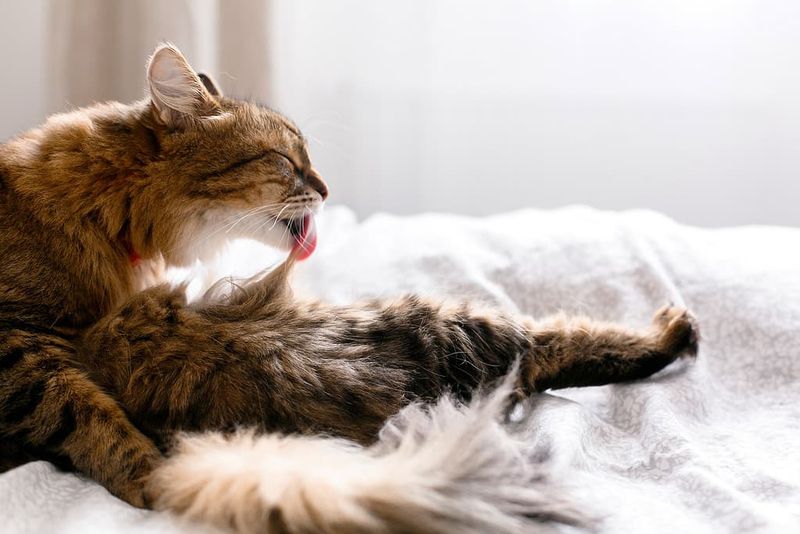
Spring and summer trigger more frequent heat cycles in cats. As daylight hours increase, a cat’s reproductive system kicks into high gear.
Indoor cats exposed to artificial lighting often don’t follow this seasonal pattern. Instead, they might experience heat cycles year-round, roughly every 2-3 weeks if not bred.
3. Rolling Around Isn’t Just For Fun
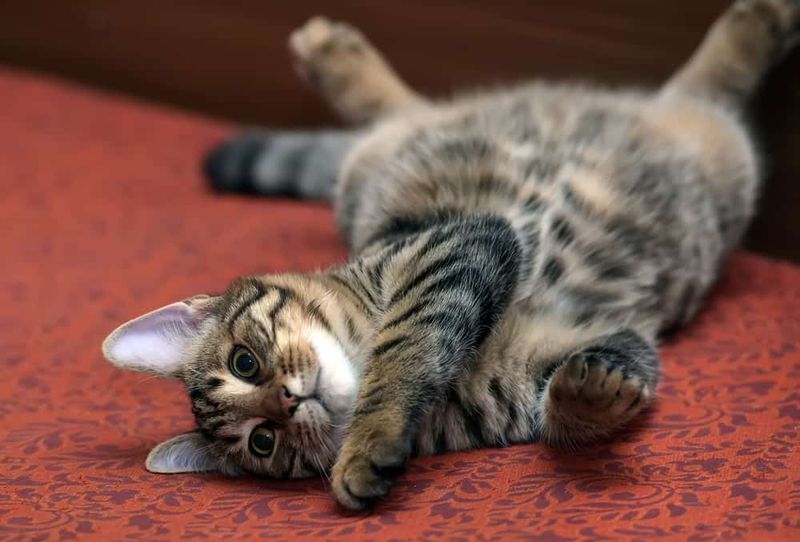
That excessive rolling on the floor has a purpose! Female cats roll to spread their scent and signal their fertility to potential mates.
This behavior might seem playful, but it’s actually a primal communication method. Your cat is essentially sending out biochemical “advertisements” that she’s ready to mate.
4. Their Voices Change Dramatically

The infamous “heat yowl” sounds different from regular meows for good reason. These distinctive calls can travel long distances to attract male cats.
The pitch and frequency are specifically designed to carry through the air. Even the quietest house cat might surprise you with how loud and persistent these mating calls can be!
5. The Strange “Elevator Butt” Position
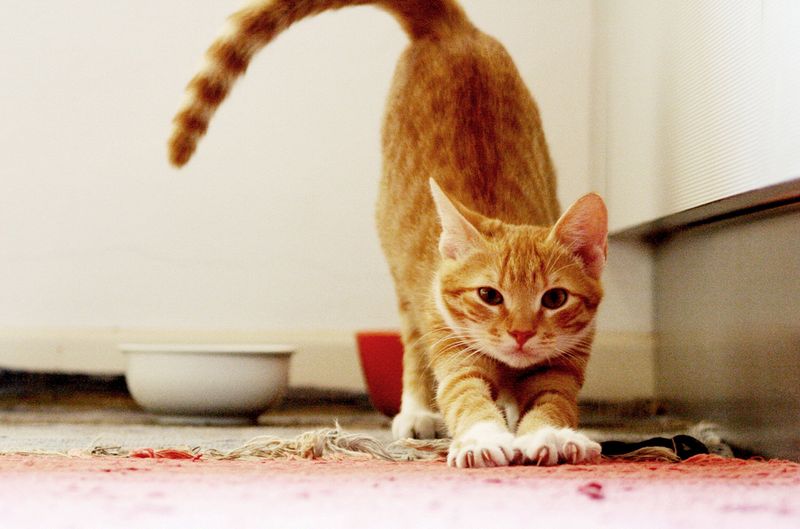
Funny as it looks, when your cat raises her hindquarters and treads her back legs, she’s displaying a reflex called “lordosis.” This position prepares her body for mating.
This instinctive posture happens in response to touch during heat. Even petting her back might trigger this reaction, confusing many cat owners who don’t understand the biological reason behind it.
6. Appetite Changes Are Common
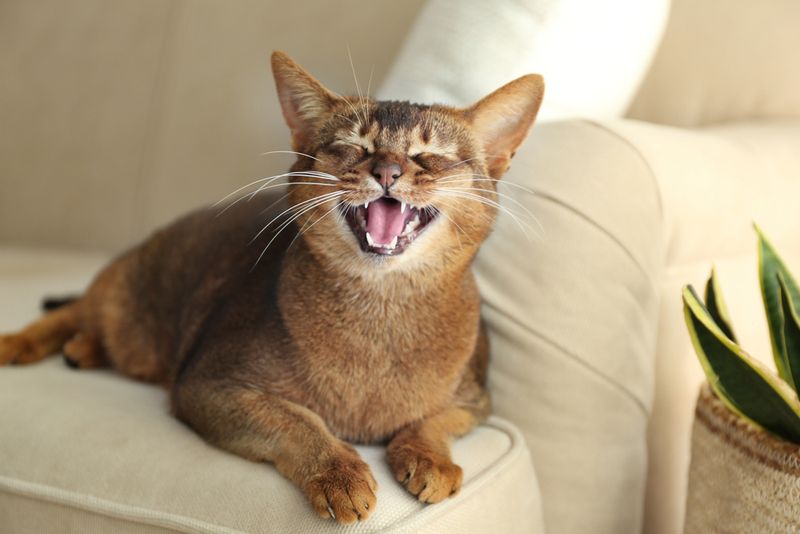
Many cats lose interest in food during heat cycles. Hormonal fluctuations affect their eating patterns much like human hormones can impact appetite.
Don’t panic if your normally food-motivated kitty turns her nose up at dinner. This temporary change typically resolves once the heat cycle ends, though prolonged appetite loss should prompt a vet visit.
7. They Become Escape Artists
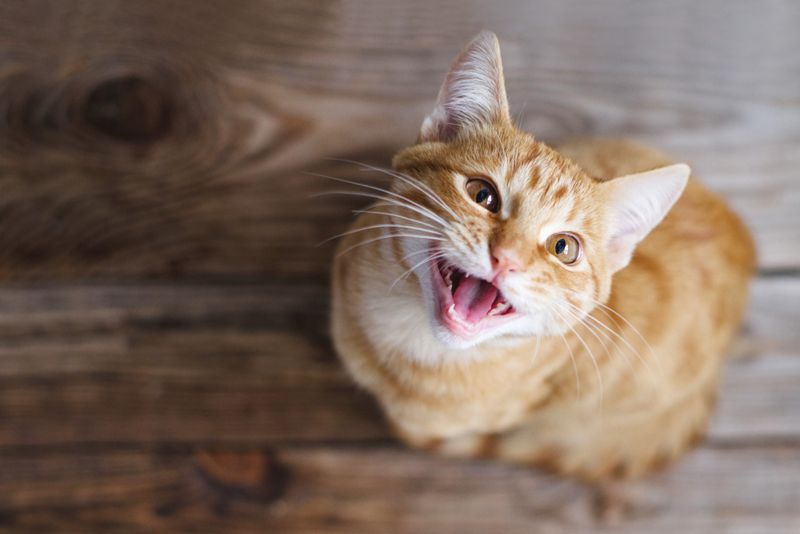
Window screens and doorways become major security concerns during heat cycles. The urge to find a mate can turn your indoor cat into a determined escape artist.
This drive is powerful enough that normally well-behaved cats might dash through barely-open doors or claw through screens. Many unexpected outdoor adventures and unwanted pregnancies start this way!
8. Urine Marking Isn’t Just For Male Cats
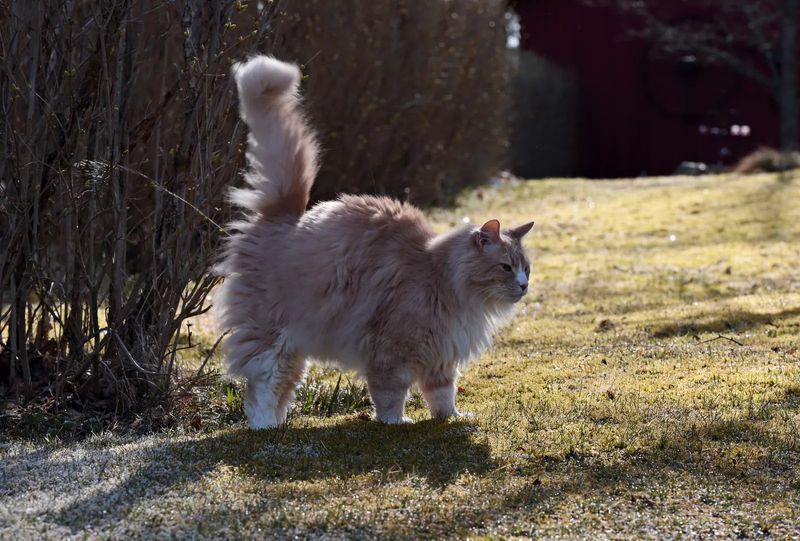
Surprise! Female cats in heat sometimes spray urine too. This behavior marks territory and advertises their reproductive status to potential mates.
The urine contains pheromones that send chemical messages to male cats. While less common than in males, this marking behavior can be particularly frustrating for indoor cat owners.
9. Heat Cycles Can Last Longer Than You Think
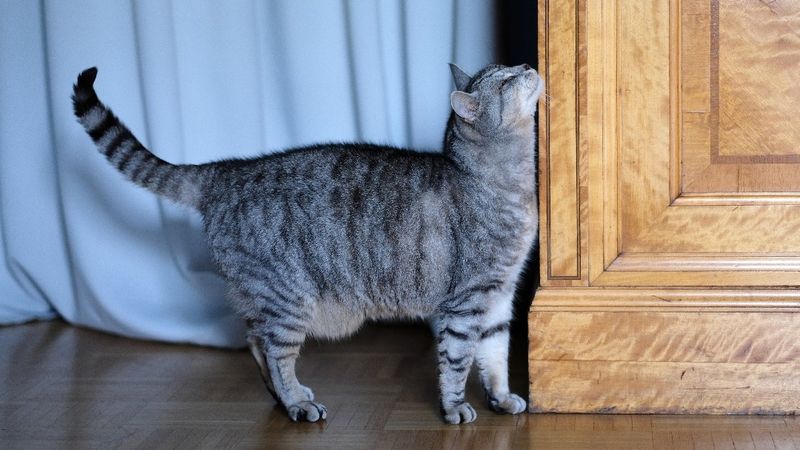
A single heat cycle typically lasts 7-10 days, but without mating, your cat might go right back into heat after a short break. This pattern can continue for months!
During breeding season, cats can cycle continuously with just 1-2 weeks between heats. This explains why some owners feel their cat is “always in heat” during certain times of year.
10. Phantom Pregnancies Can Occur
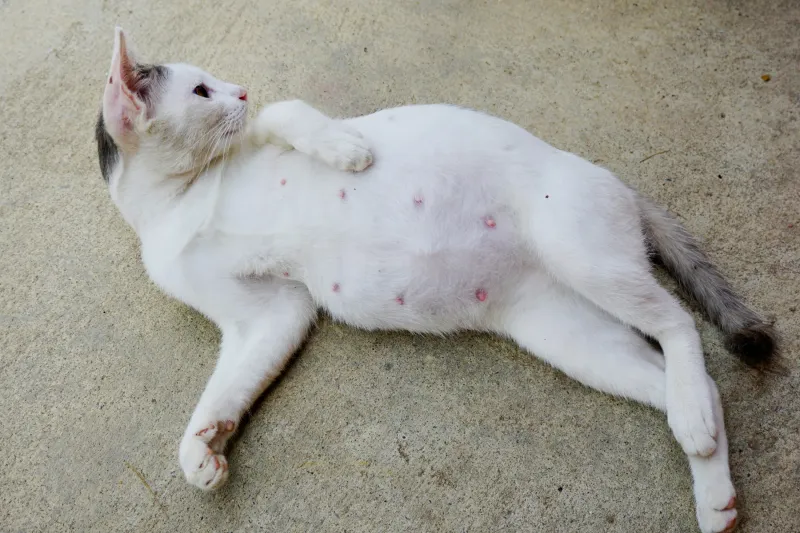
After heat cycles, some cats develop false pregnancies with real symptoms like enlarged mammary glands and nesting behaviors. Their bodies essentially trick themselves into thinking they’re pregnant.
These phantom pregnancies can last several weeks. Your cat might even gather toys as “kittens” and become protective of them, showing how powerful these hormonal influences can be.
11. They Become Extra Affectionate (Or Not)
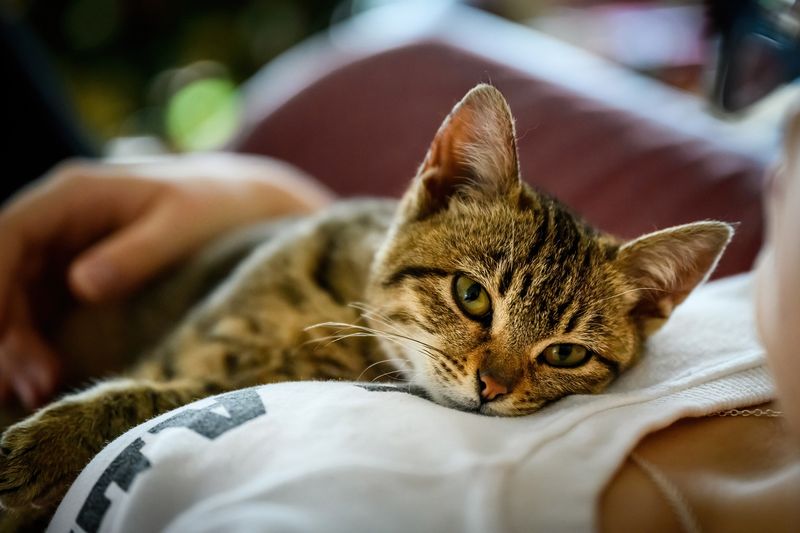
Heat dramatically changes personality – some cats become super clingy while others grow irritable. These mood swings stem from hormonal fluctuations similar to human PMS.
Don’t take it personally if your normally sweet cat hisses at you or your aloof cat suddenly demands constant attention. These temporary personality changes typically revert once the heat cycle ends.
12. Heat Cycles Affect Health Long-Term
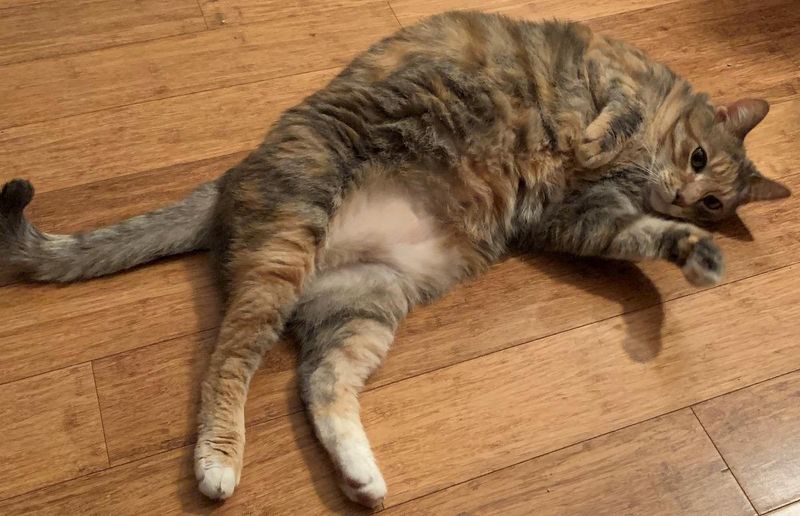
Repeated heat cycles without pregnancy increase risks of uterine infections and mammary tumors. Each cycle exposes cats to high hormone levels that can trigger health problems.
This biological fact is one reason veterinarians recommend spaying. Beyond preventing unwanted litters, the procedure protects your cat from these hormone-related health issues that become more likely with each passing cycle.
13. Spaying During Heat Is Complicated
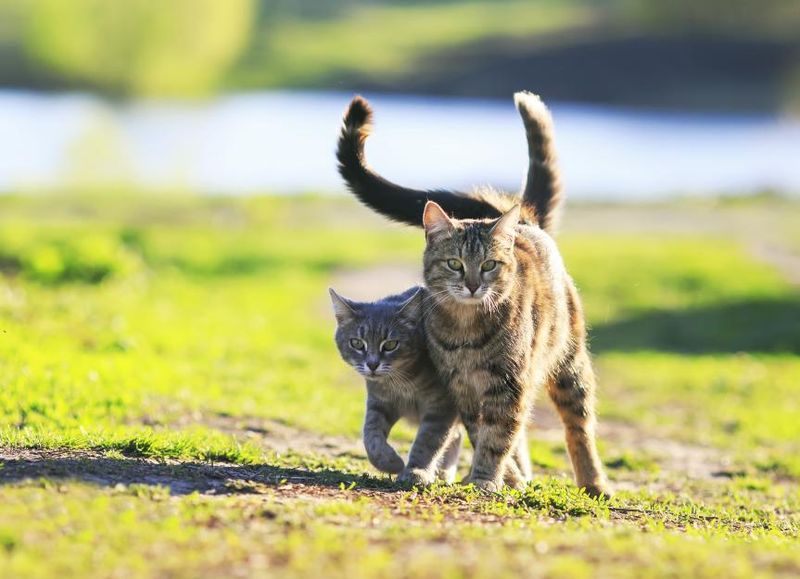
Many vets prefer not to spay cats during active heat cycles. Blood vessels in reproductive organs become enlarged and more fragile during this time, increasing surgical risks.
This doesn’t mean it’s impossible, just more challenging and potentially more expensive. Some veterinarians charge extra fees for spaying during heat due to the additional surgical complexity and time required.
14. Natural Remedies Have Limited Effect

Herbal remedies marketed to calm cats in heat generally offer minimal relief. The hormonal drive is simply too powerful for gentle interventions like catnip or pheromone diffusers.
While these products might take the edge off slightly, they won’t stop the cycle or major behaviors. Only time (waiting for the cycle to end) or spaying provides complete resolution of heat symptoms.

